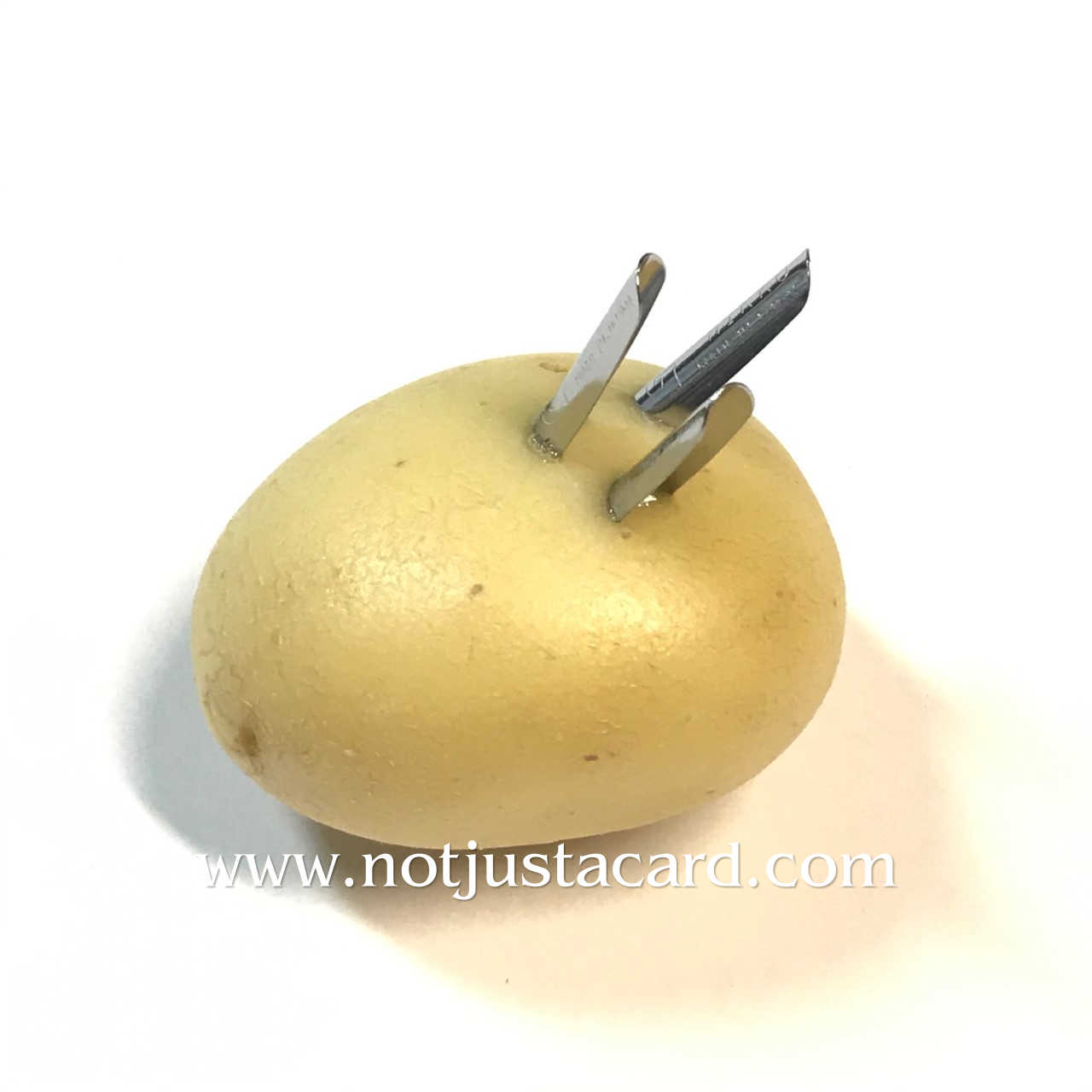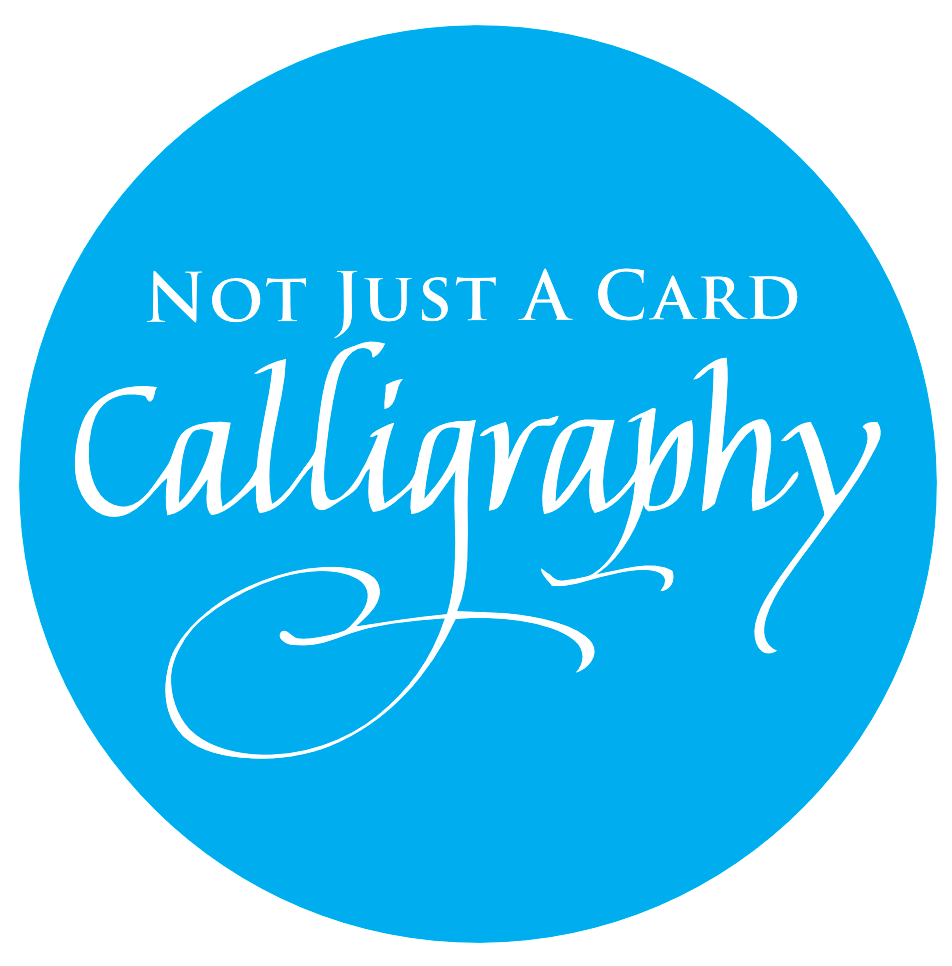
To prevent the new nibs from rusting during storage, the manufacturers add a layer of oil coating, lacquer or varnish to protect them. Preparation needs to be done to all new pointed nibs, otherwise the nib will have ink flow problem. After cleaning, the ink should stick to the nib properly.
However, new broad nibs do not require any preparation, as broad nib comes with a reservoir, pointed nib doesn’t. The reservoir holds and feeds the ink to the nib through the slit. If you really want to prep the new broad nib, I recommend using a naked flame. Carefully pass the nib back and forth through a lighter for about 2 seconds.
There are many ways of removing the coating. Personally, I like using the toothpaste method, it's the easiest and the quickest.
- Toothpaste - Use an old toothbrush or a cotton swab, GENTLY rub the nib from top to bottom, inside/outside for about 5 to 10 seconds, then rinse it with water. You can also replace toothpaste by dish washing detergent, Windex, rubbing alcoholic and nail polish remover.
- Naked Flame - Carefully pass the nib back and forth through a lighter for about 2 seconds. Do not overdone it, you will damage the nib.
- Chinese/Japanese Sumi Ink - Add a few drops of sumi ink to a paper towel, then gently rub the nib back and forth for about 20 seconds.
- Potato - This method is ideal when you need to prepare a bunch of new nibs. Carefully poke the nibs into a potato until it looks like an echidna. The natural enzyme/starch from the potato helps to break down the oil coating. Wait for about 15 to 20 minutes, carefully pull the nibs out, don't bent the tines!
- Saliva - I know this is gross, so I never try this myself for hygiene sakes! Spit it on a paper towel and rub it back and forth for about 20 seconds, saliva is slightly acidic.
After proper cleaning, rinse the nibs under water and carefully dry the nibs with a paper towel, store them in a jar or nib tin and they are ready for use. The nib colour might look duller after the preparation.

「新」筆尖的處理
為了延長筆尖的保存期限,所有生產商會對筆尖進行防鏽塗層處理,大多以油和蠟為主。所以在書寫前必需妥善清理筆尖上的表面油層,否則墨水和筆尖上的油層會互相排斥,墨水將無法完全依附於筆尖上而造成墨水輸出不穩定,又或者書寫的時候需要經常重覆地沾墨水,十分費時,書寫效率大大減低。
「點尖」的處理方法
﹝方法一﹞最簡單、實用、方便的辦法是,用牙膏和一支舊牙刷,在筆尖的正反面「輕力」洗刷大概5到10秒。用牙膏清潔能有效的清除油層而不影響金屬性質。以棉花棒代替牙刷也行。有些人會選擇用肥皂、洗碗液、消毒酒精等代替牙膏。﹝方法二﹞用打火機在筆尖的前端,正反兩面,快速地燒2秒左右。注意如果時間過長,會嚴重影響或改變筆尖的金屬性質。
﹝方法三﹞另外一個有奏效的方法是將筆尖「直線」插入馬鈴薯或土豆,利用天然酵素把油層去除。大概15分鐘後,小心把筆尖「直線」拔出。這個方法的好處是可以一次過處理多個筆尖,把馬鈴薯變成一只小刺蝟。注意在插入和拔出時,筆尖不能彎曲。壞處是浪費了一個美味的馬鈴薯。
﹝方法四﹞用擦手紙﹝Paper Towel﹞沾墨水,然後在筆尖上輕力上下摩擦,可以除去油層。一般書法墨水﹝Sumi Ink﹞或者合桃墨水﹝Walnut Ink﹞都可以。
﹝方法五﹞最後這個方法是可行,但不建議使用!唾液可以除去油層,因為是鹼性的。
筆尖處理後用清水沖洗,再用擦手紙﹝Paper Towel﹞小心地把筆尖擦乾,不然會生锈。之後存放在瓶子或專屬的筆尖盒子裡﹝Nib Tin﹞,待日後使用。另外,處理過後的筆尖,本來的金屬顏色可能會稍微暗淡。
「平尖」的處理方法
「平尖」和「點尖」不一樣,「平尖」一般是不需要進行油層清理便可以直接使用。原因是「平尖」有儲墨器﹝Reservoir﹞,而「點尖」沒有。
儲墨器,顧名思義是用來儲存墨水的,可以延長每次沾墨水後的書寫時間。因為和「點尖」相比,「平尖」書寫的字體相對粗一些和大一些,所需的墨水用量自然比「點尖」多。雖然「平尖」沒有儲墨器的話也能書寫,但可能在寫每一個字母的時候都需要沾墨水,非常浪費時間。
儲墨器有兩種,有的是安裝在筆尖的上方,另一種是在筆尖的下方。筆尖在沾墨水後,墨水會儲存在筆尖和儲墨器中間的空隙,在紙上書寫時,墨水會從儲墨器經過筆尖中的裂縫自行流出。
點尖沒有儲墨器﹝Reservoir﹞,但有些人會自行添加,比如把彈簧安裝在筆尖上或把Leonardt Hiro Tape 平尖的儲墨器拆下來安裝在點尖上。
